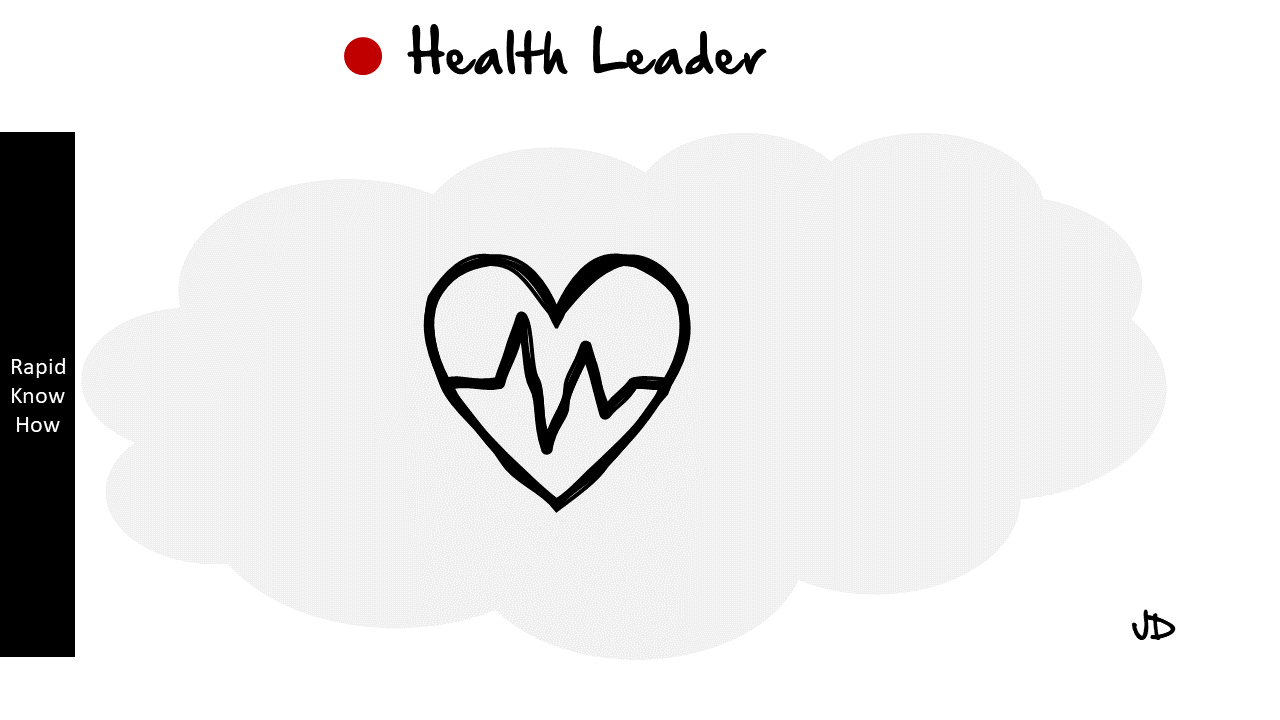The healthcare industry is a vast and complex sector that encompasses various stakeholders, including hospitals, clinics, pharmaceutical companies, medical device manufacturers, insurance providers, and more. To understand the competitive landscape of the healthcare industry, consider the following factors:
1. Key Players: The healthcare industry is dominated by large multinational corporations, such as Johnson & Johnson, Pfizer, Novartis, and Roche in the pharmaceutical sector, and UnitedHealth Group, Anthem, and Aetna in the health insurance sector. These companies have a significant market share and often compete on a global scale.
2. Market Segmentation: The healthcare industry can be segmented into different sectors, such as pharmaceuticals, medical devices, healthcare services, and health insurance. Each sector has its own set of key players and competitive dynamics. For example, in the pharmaceutical sector, companies compete based on drug development, patents, and market exclusivity, while in the medical device sector, companies focus on innovation, quality, and regulatory compliance.
3. Regulatory Environment: The healthcare industry is heavily regulated to ensure patient safety, data privacy, and ethical practices. Regulatory bodies, such as the Food and Drug Administration (FDA) in the United States, play a crucial role in approving drugs and medical devices, setting standards, and enforcing compliance. Companies that can navigate the regulatory landscape effectively may have a competitive advantage.
4. Technological Advancements: Technology is rapidly transforming the healthcare industry, with advancements in areas such as telemedicine, electronic health records (EHRs), artificial intelligence (AI), and precision medicine. Companies that can leverage technology to improve patient outcomes, enhance efficiency, and reduce costs may gain a competitive edge.
5. Mergers and Acquisitions: The healthcare industry has witnessed significant consolidation through mergers and acquisitions. Large companies often acquire smaller firms to expand their product portfolios, gain access to new markets, or enhance their research and development capabilities. Mergers and acquisitions can reshape the competitive landscape and create new market leaders.
6. Patient-Centric Care: There is a growing emphasis on patient-centric care, which focuses on delivering personalized, accessible, and high-quality healthcare services. Companies that prioritize patient satisfaction, engagement, and outcomes may differentiate themselves from competitors.
7. Cost and Value-Based Competition: Rising healthcare costs and the shift towards value-based care have led to increased competition based on cost-effectiveness and outcomes. Companies that can offer innovative solutions to reduce costs, improve patient outcomes, and demonstrate value to payers and patients may have a competitive advantage.
To gain a comprehensive understanding of the competitive landscape in the healthcare industry, it is important to analyze industry reports, market research, and industry publications. Additionally, staying updated on healthcare policies, attending healthcare conferences and events, and networking with industry professionals can provide valuable insights into the competitive dynamics of the healthcare industry.
